Reading Time: 3 minutes With lateral roots that go as deep as two metres and seed production approaching 10,000 per plant, perennial sow thistle is extremely difficult to eradicate. Its impact can be minimized, however. Management that reduces top growth will lower seed production and root mass over time. But be forewarned. If you decide to take a year […] Read more
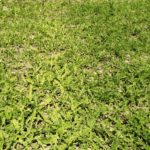
Pest Patrol: What is the best strategy for managing perennial sow thistle?
#PestPatrol with Mike Cowbrough, OMAFRA
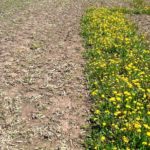
Pest Patrol: A refresher on fall weed control
#PestPatrol with Mike Cowbrough, OMAFRA
Reading Time: 2 minutes Many farmers know the benefits of applying herbicides to perennial weeds in the fall, especially with perennial sow-thistle and dandelion (Figure 1 at top of page). Often, producers will see a reduction in the population of these weeds the next year as well as a delay in their shoot emergence, with both effects providing a […] Read more
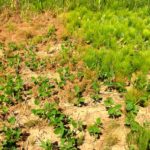
Pest Patrol: What can be done about field horsetail?
#PestPatrol with Mike Cowbrough, OMAFRA
Reading Time: 3 minutes I get asked about field horsetail management more than any other weed, and it’s the one that I have the least amount of effective solutions for. Sure, you can get reasonably good top-growth control with the right herbicide, but the success is short-lived due to field horsetail’s tenacity. I often joke that the best way […] Read more
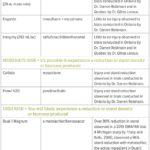
Pest Patrol: Sensitivity of inter-seeded annual ryegrass and red clover to corn herbicides
#PestPatrol with Mike Cowbrough, OMAFRA
Reading Time: < 1 minute Research has been done in the United States and Canada to determine the tolerance of cover crops to various soil-applied corn herbicides. This article provides an overview of the results of that work, and provides some consensus across the different locations. Two important factors influence the potential for carryover injury to rotational crops: The sensitivity […] Read more

Pest Patrol: Are there any new insect pests that we should be alert for?
#PestPatrol with Mike Cowbrough, OMAFRA
Reading Time: 2 minutes The following information was provided by Tracey Baute, field crop entomologist, OMAFRA. Cereal leaf beetles feed on wheat, oat, corn, forages and grassy weeds. Spring plantings are most attractive, particularly late plantings, though some winter wheat can be infested in the spring. Both adults and larvae cause damage by chewing long strips of tissue between […] Read more

Pest Patrol: Do weeds support growth of disease?
#PestPatrol with Mike Cowbrough, OMAFRA
Reading Time: 2 minutes I have been asked whether it is true that some weeds can increase the prevalence of certain diseases. Yes, it is true, which is why it can be especially important to control these species. Henbit, purple deadnettle and stinkweed (field pennycress) are alternate hosts for soybean cyst nematode (SCN) and should be controlled. A study […] Read more
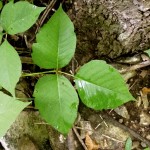
Pest Patrol: If you see the leaves of these plants this spring, let them be
#PestPatrol with Mike Cowbrough, OMAFRA
Reading Time: 2 minutes Grain farmers don’t often concern themselves with plants that are poisonous to the touch since such plants are rarely found competing with corn, soybean or cereals. But during field work, maybe you need to take a “bathroom break” and since the corn is yet to be knee-high you seek privacy at the field edges or […] Read more
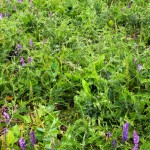
Pest Patrol: Any updates on vetch control in soybeans?
#PestPatrol with Mike Cowbrough, OMAFRA
Reading Time: 2 minutes In a 2014 column, I expressed my optimism for a herbicide treatment to control vetch (Viccia cracca) before planting soybeans. I wrote, “2,4-D Ester 700 applied seven days prior to soybean planting looks like a promising tool for the control of vetch in soybeans provided vetch has emerged at the time of application. More trial […] Read more
Pest Patrol: Do we have Palmer amaranth in Ontario?
#PestPatrol with Mike Cowbrough, OMAFRA
Reading Time: 2 minutes Do we have Palmer amaranth in Ontario? How do I tell it apart from other pigweeds? Thankfully, Ontario does not have Palmer amaranth, a pigweed species that in the U.S. is resistant to five different herbicide modes of action (Table 1 below). However, we do have waterhemp, another pigweed species that is often confused with […] Read more

Pest Patrol: Do potassium levels affect my weed management?
#PestPatrol with Mike Cowbrough, OMAFRA
Reading Time: 2 minutes Soils that test “low” in potassium negatively affect weed control in soybeans. When soils test low for potassium, soybean plants will express deficiency symptoms that reduce canopy closure and allow more weeds to germinate and compete with the soybean crop for other resources. In the spring of 2014, Dr. François Tardif and I began a […] Read more

